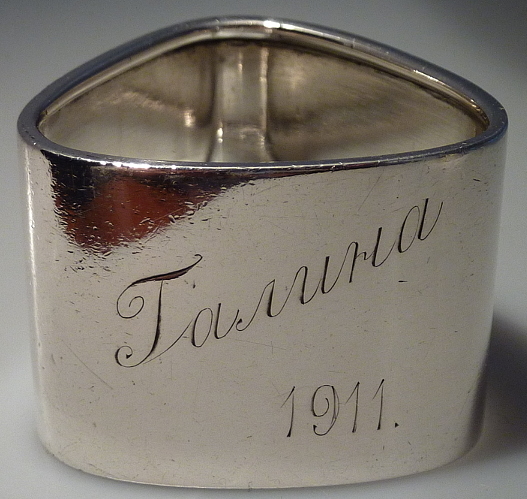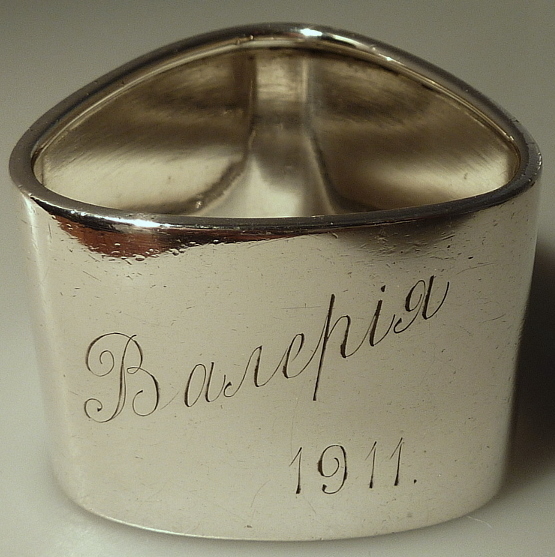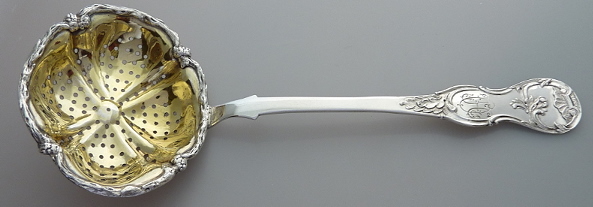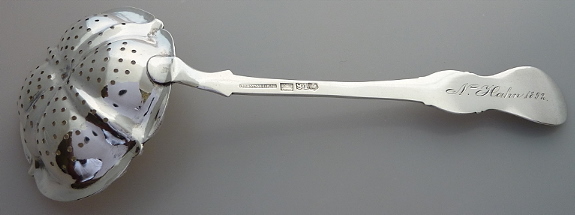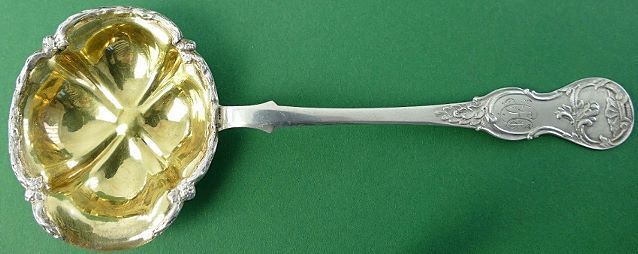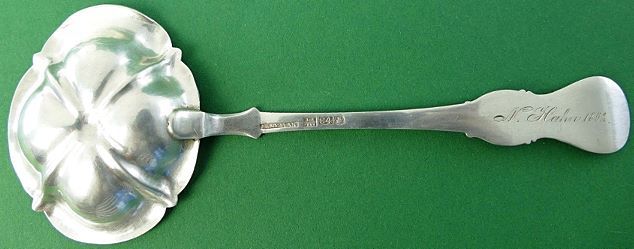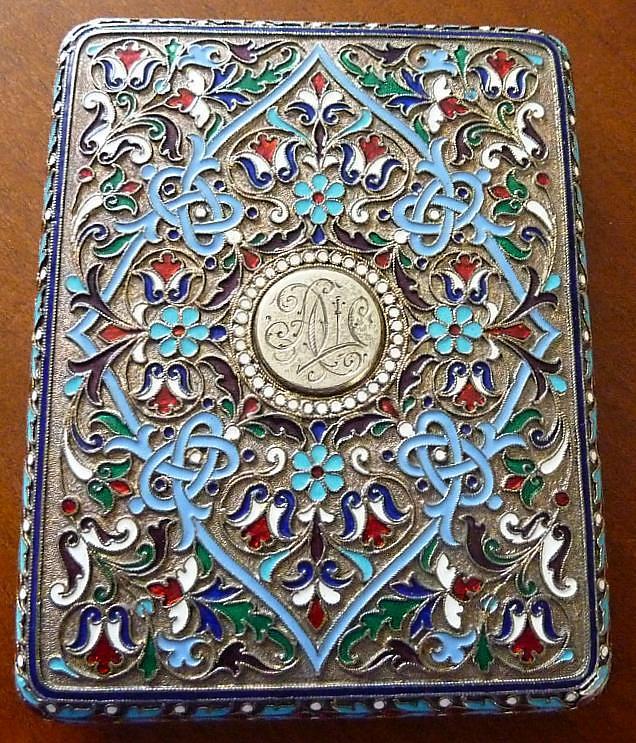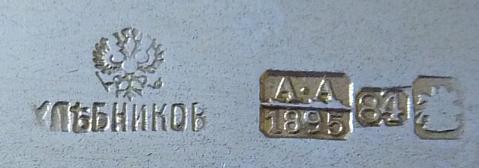Hi Goldstein
this is a nice variation of the "Birthday Problem".
https://en.wikipedia.org/wiki/Birthday_problem
The birthday problem deals with the number of people required so two people share the same birthday. We tend to overestimate this number because there are 365 days in a year. In reality, for a 50% probability of a matching birthday, a sample of 23 people are required, while if you go for a 90% probability, you need 41 people. You can check this in your nursery home: If you find 30+ inmates who still remember their birthday, there is a very high probability for a match.
The solution is, you are looking for ANY match. There are much higher sample required, if you search for a specific match. So you will probably have difficulties to find in your nursery home an inmate with the same birthday as you have.
Moving on to Russian silver: You were not looking for a match for a specific item in your collection, but for any match within your vast collection. We can look at two problems:
First: How high is the probability that Goldstein got two matching items in his collection bought at different times and places?
Second: If Goldstein’s matches of two items are within the normal probability range, how many pieces in total are out there?
The math behind this problem is complicated, but manageable. We need some assumptions:
For the first one, we need to guess how many Imperial Russian items are out there available to be collected. The value may be large, but is limited. And how many of them are matching items.
I do not know if I calculated correctly, but if there are 5 million pieces out there, in a collection of 5000 items you have a 90% probability for a match, and the chances are very high for two or more matches. Now, this is a wild calculation, but with some time and further analysis, we can conclude we most probably do not have coincidence or destiny here but rational probabilities.
Have fun, I was assuming you have 5000 items by the fact you collect for 40 years and you seem to have an intake of at least 10 items a month….
Regards, Jörg
